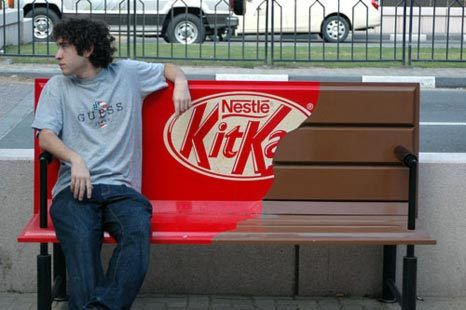If you have spent any time in Marketing you will probably have encountered the four strategies of marketing warfare. This post goes into a few details of what they are and some examples of each. Please feel free to add further examples and experiences in the comments below.
The four strategies of marketing warfare
From this timeless post from the Jacksonville Business Journal of all places, the author cites the following strategies because
No matter how you go about growing your own business you are always influenced by the competition.
- Defensive
- Offensive
- Flanking
- Guerrilla
Marketing Diary adds many more strategies to the list but, for now, let’s keep it relatively simple.
Defensive Marketing
Defensive marketing is employed by brand or product leaders to protect their position in the marketplace, the mind share of the product and the product positioning – i.e. the customers perception of the brand in relation to others in the same domain.

A good example of this is Starbucks. They were not the first coffee chain to have free WiFi, but they promoted this to protect their market share against others that were doing the same.
Offensive Marketing
Offensive marketing is used to put best products, offers and promotions directly to challenge the opposition.

Examples of this could be McDonalds v. Burger King or Coke v. Pepsi. Quintly did a rather nice infographic on the burger wars… check it out here.
Flanking Marketing
Flanking marketing allows a company to dislodge a competitor in a market. Usually a company aims to capture a market segment that is not well served by existing competition.

Example: Absolut v. Smirnoff – Absolut went into the Vodka market pricing themselves almost 50% more than their rivals Smirnoff and flanked the competition in the premium vodka space.
Guerilla Marketing
Focusing more in creativity than cost, guerilla marketing uses unconventional communications that make a high-impact impression.

There are no shortage of examples of this technique around the web. You can see some great ones on Slideshare.
Different companies or brands will have different motives to use any of these strategies. Timing and circumstances need to be considered and for sure knowing your competition will help a lot.
What about you – are you using any of these methods right now?
What are some of the best examples you have seen?
